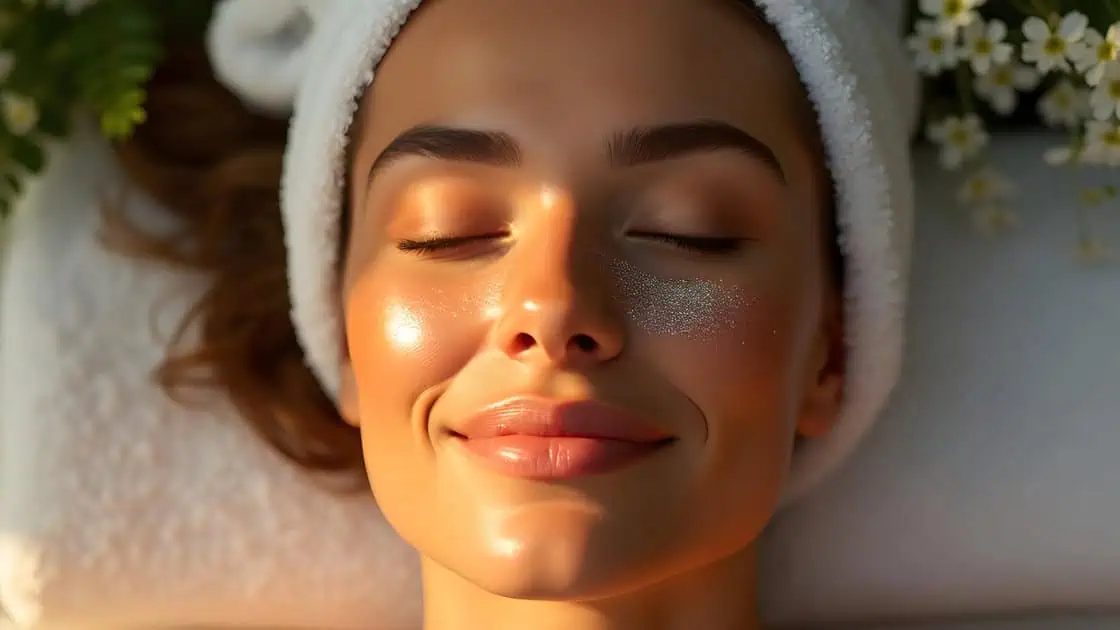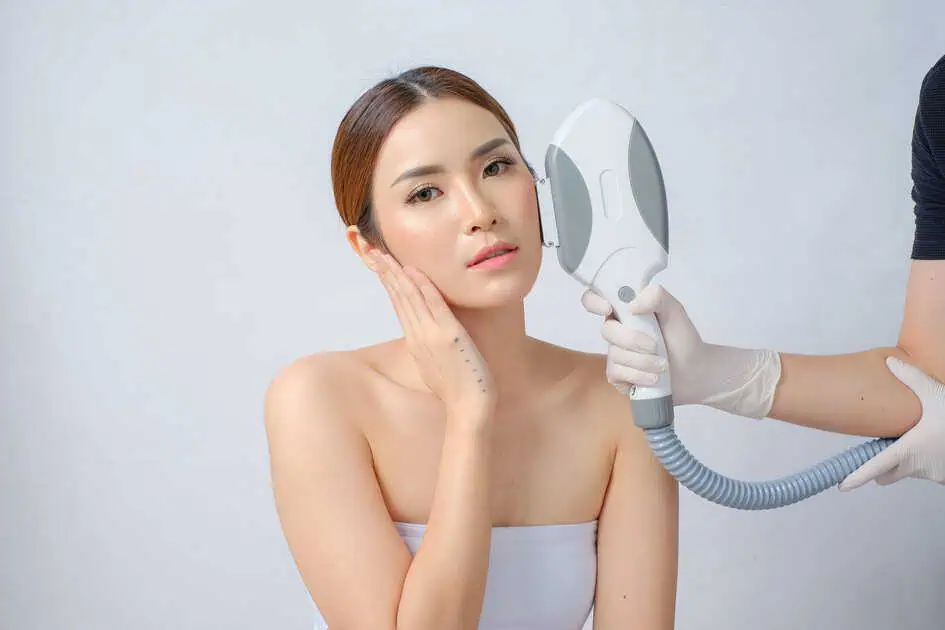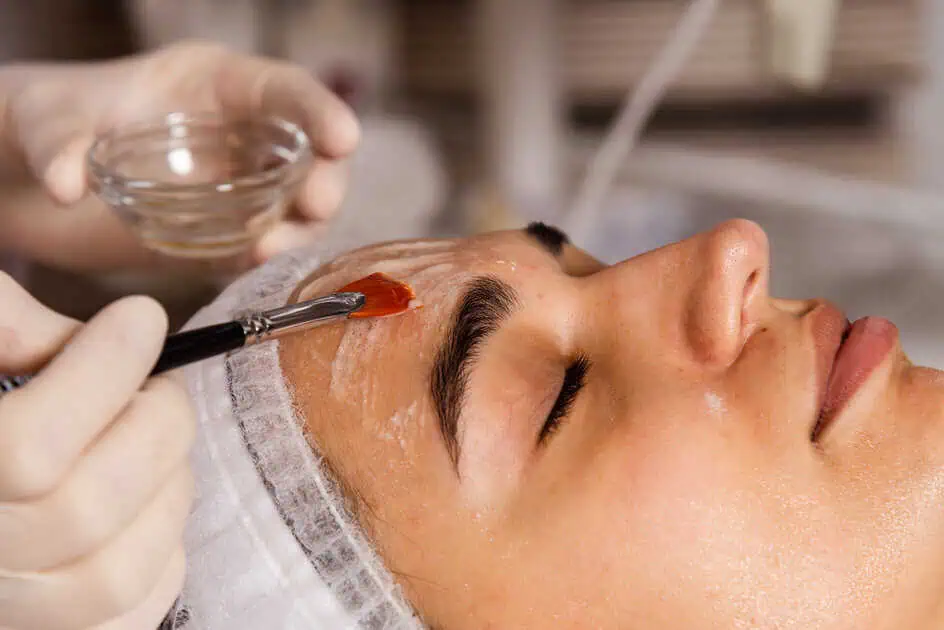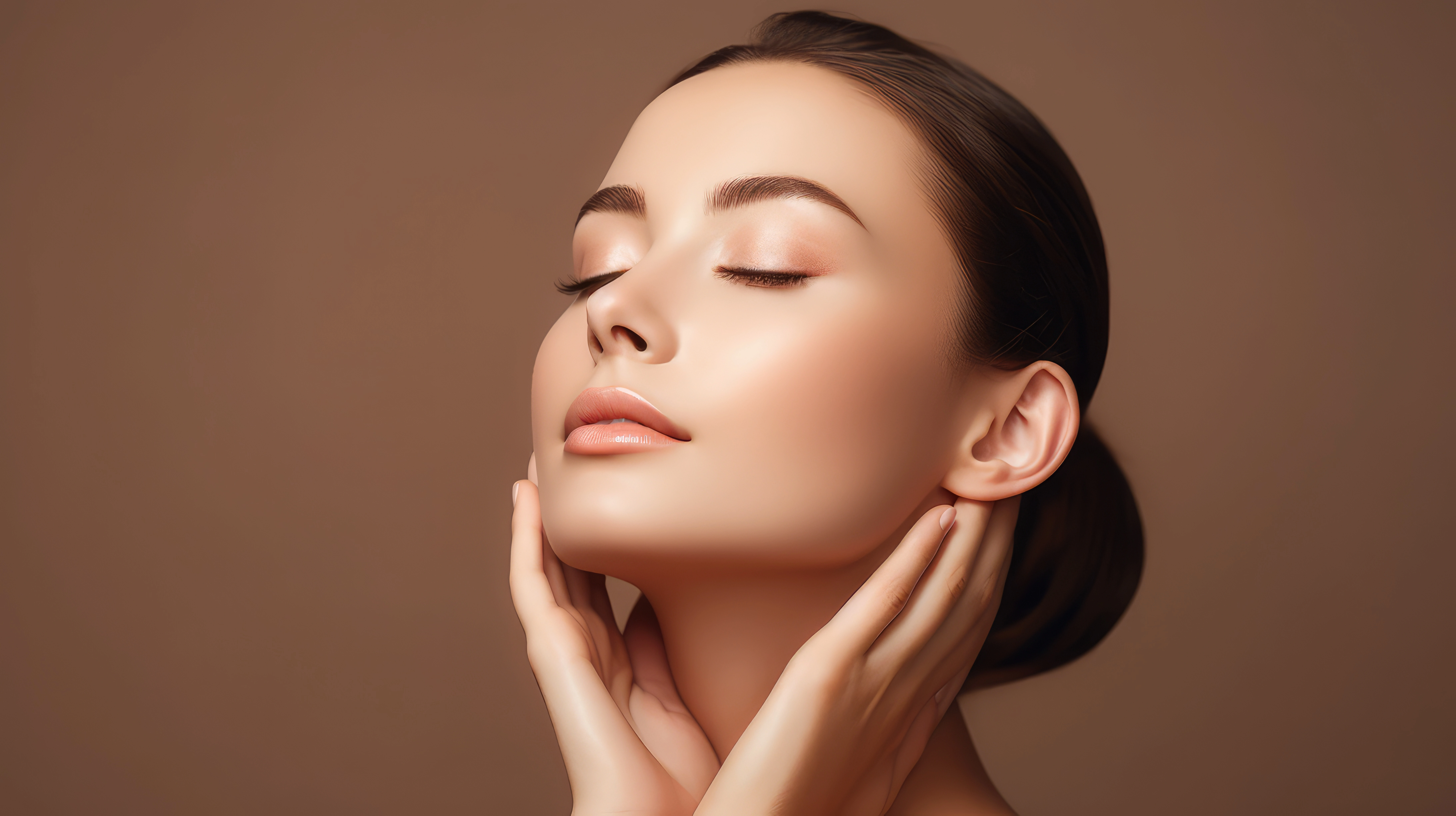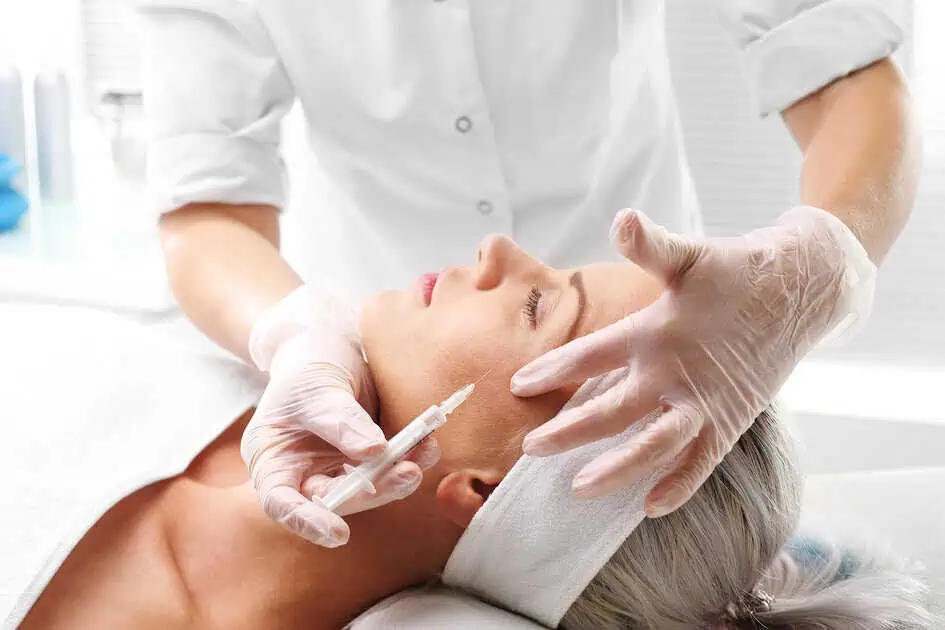For flawless, youthful skin, we often explore various skincare treatments that promise to turn back the hands of time. One such revolutionary procedure that has been gaining popularity is the photofacial. But what exactly is a photofacial, and how long does it take for the magic to happen? Come with us as we explore radiant skin and dive into the world of photofacials, unraveling their mysteries and discovering the path to rejuvenated beauty.
What is a Photofacial?
Imagine a treatment that erases the sins of sun damage, age spots, and pesky redness, leaving behind a canvas of pure radiance. That’s the magic of photofacial, also known as Intense Pulsed Light (IPL) therapy. This non-invasive procedure harnesses the power of light to target a myriad of skin concerns, from sun damage to broken capillaries and even collagen production.
How Does it Work?
The science behind a photofacial is as fascinating as the results it produces. The treatment penetrates deep into the skin using a broad light spectrum, targeting specific pigments and blood vessels. This targeted approach makes photofacials versatile, addressing multiple concerns in a single session.
As the light is absorbed by pigmented cells, it breaks them down, prompting the body’s natural healing process to kick in. Similarly, when blood vessels are targeted, they constrict, reducing redness and improving overall skin tone. The beauty of a photofacial lies in its ability to stimulate collagen production, the holy grail of youthful skin, promoting elasticity and a plump, fresh appearance.
Advantages of a Photofacial:
- Sun Damage Reversal:
The sun’s rays can be harsh on our skin, leaving behind unwelcome souvenirs like sunspots and freckles. Photofacials are a beacon of hope for those looking to reverse the effects of sun damage, restoring a more even complexion.
- Reduction of Fine Lines and Wrinkles:
Collagen, the building block of youthful skin, tends to diminish as we age. Photofacials stimulate collagen production, reducing the appearance of fine lines and wrinkles and giving your skin a smoother, more youthful texture.
- Say Goodbye to Rosacea:
Redness and visible blood vessels associated with conditions like rosacea can be a source of frustration for many. Photofacials target these blood vessels, minimizing redness and relieving those struggling with rosacea.
- Versatility for Various Skin Concerns:
Photofacials are not a one-size-fits-all solution; they are a customizable treatment that can address many skin concerns. Whether it’s sun damage, hyperpigmentation, or uneven skin tone, a photo facial can be tailored to meet individual needs.
How Long Does it Take to Heal from a Photofacial?
Now, let’s address the burning question on everyone’s mind – how long does it take to see the radiant results of a photofacial? The answer is to understand the treatment process and the body’s natural rejuvenation timeline.
- Immediate Results:
While the magic is in motion during the treatment, many individuals notice an immediate improvement in their skin’s appearance. Redness is reduced, and the complexion appears even from the first session.
- Post-Treatment Days:
In the days following a photofacial, you may experience mild redness and swelling. This is a natural response to the treatment and is typically short-lived. It’s essential to follow post-treatment care guidelines provided by your skincare professional during this period.
- Weeks to Months:
The full extent of the photofacial’s transformative powers unfolds gradually over the weeks and months following the treatment. As the body’s natural healing processes kick in, you’ll notice a reduction in sunspots, improved skin texture, and a youthful radiance that continues to enhance over time.
- Multiple Sessions for Optimal Results:
While a single session can yield noticeable improvements, a series of photofacial sessions are often recommended for optimal and long-lasting results. The number of sessions required depends on individual skin concerns and the desired outcome.
Which Areas Are Treated?
- Face:
The most common area for a photofacial is the face. It targets sunspots, redness, and uneven skin tone, providing a comprehensive solution for a radiant complexion. Whether you’re dealing with age-related concerns or the aftermath of sun exposure, a photo facial can restore youthful vitality to your facial skin.
- Neck:
The neck is a telltale sign of aging, often displaying fine lines and sun damage. Photofacials effectively address these concerns, promoting smoother and firmer skin for a youthful appearance.
- Chest (Décolletage):
The delicate skin on the chest is susceptible to sun damage and can reveal signs of aging. Photofacials extend their transformative touch to the décolletage, reducing sunspots and redness for a more even and youthful skin tone.
- Hands:
Our hands are constantly exposed to environmental elements, leading to premature aging. Photofacials can be applied to the hands, diminishing age spots and rejuvenating the skin for a more youthful and radiant look.
- Arms and Legs:
For those seeking a comprehensive rejuvenation beyond the face, photofacials can be extended to the arms and legs. This versatile treatment can work magic on these often-neglected areas, whether sun damage, uneven skin tone, or visible veins.
Can I Combine a Photofacial with Other Treatments?
- Chemical Peels:
Combining a photofacial with a chemical peel can be a powerful duo for deeper exfoliation and enhanced skin renewal. Chemical peels work to remove the outer layer of damaged skin, while a photofacial addresses deeper concerns, resulting in a comprehensive and rejuvenating experience.
- Microdermabrasion:
Enhance the effects of a photofacial by incorporating microdermabrasion into your skincare routine. This gentle exfoliation removes dead skin cells, allowing the photo facial to penetrate more effectively and deliver maximum benefits.
- Dermal Fillers:
Are you looking to combat both pigmentation issues and fine lines? Pairing a photofacial with dermal fillers can provide a two-pronged approach to achieving a smoother, more youthful complexion. While the photo facial addresses pigmentation, dermal fillers add volume and plumpness to the skin.
- Botox:
To target dynamic wrinkles and fine lines, combining Botox with a photofacial can create a synergistic effect. Botox temporarily paralyzes facial muscles, preventing the formation of new wrinkles, while the photo facial addresses existing skin concerns.
Takeaway
A photofacial emerges as a powerful ally, harnessing the brilliance of light to rejuvenate and restore. The healing journey is not a sprint but a gradual, transformative process that unfolds over time. So, how long does it take to heal from a photofacial? The answer lies in patience and commitment to the journey towards skin perfection. Embrace the light, and let your radiant transformation begin! Book your Photofacial Session at Joslin Medical Spa by Thompson Plastic Surgery in Georgetown, TX, and let your radiance shine! Take the chance to experience the magic that awaits you.


